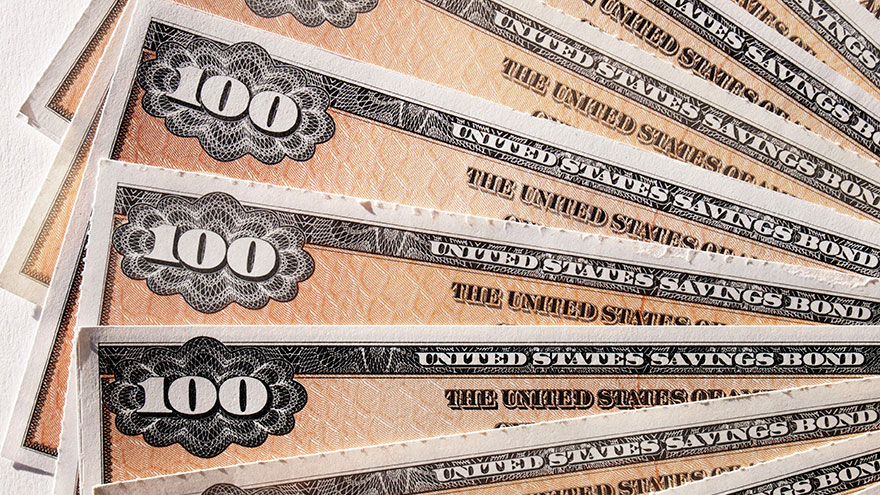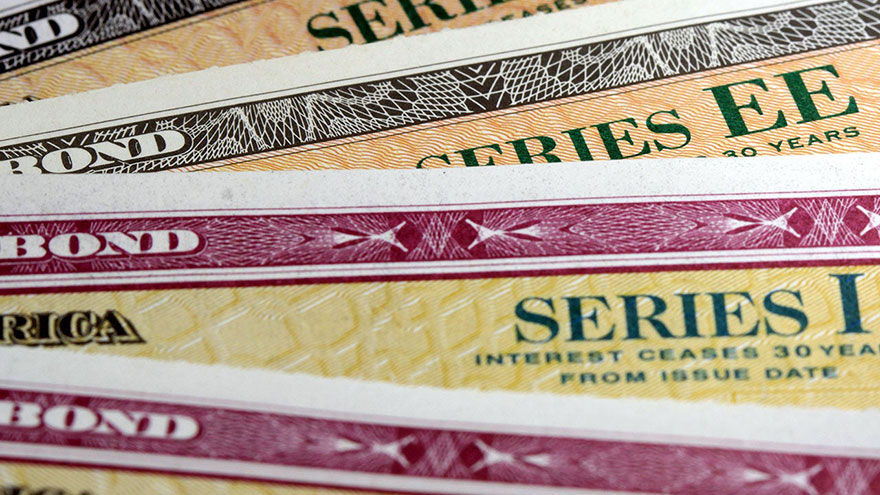How to Invest in 100% U.S. Treasury Bonds
U.S. Treasury bonds are referred to as “risk-free” investments for their unique safety. The U.S. government finances itself with debt sold to investors as Treasurys. Federal government officials maintain the power to tax and “create” money for revenue used to pay down these debts.
Money is created in effect by the Federal Reserve and U.S. Treasury, which set interest rates and print dollars. Conservative investors prefer Treasurys because of their government backing along with returns that keep pace with inflation
Identification

1. Learn basic bond terminology.
Bonds are debt securities where investors lend money, or principal to institutions. In exchange, investors earn interest payments upon the principal. Principal is returned to bondholders at the maturity date.
2. Study the separate categories of Treasury bonds.
Treasury bills cover maturities dated from days to 52-week periods. Treasury bills do not make interest payments but are sold at discounts to face value.
Treasury notes remit interest payments semiannually and feature maturities ranging between two and 10 years. Meanwhile, Treasury bonds are long-term investments that pay interest every six months and mature in 30 years.
3. Check personal financial statements to review your economic standing prior to committing to any investment.
Determine the amount of money you wish to allocate toward Treasury bonds.
Trading Treasury Bonds

4. Open and fund a brokerage account for buying and selling Treasury bonds.
You may also consider purchasing these investments directly through Treasurydirect.gov.
5. Consider bidding for new Treasury bonds through the auction process.
Competitive and noncompetitive bids are accepted. Competitive bids enable you to establish a baseline for a minimum interest rate. Noncompetitive bids simply accept the results of the auction.
All bidders receive the same interest rate at the auction, which equals the highest accepted bid. The federal government hosts auctions frequently throughout the year.
6. You may also buy marketable Treasury bonds that trade after being issued within the secondary market.
Treasury bonds usually trade at discounts and premiums to face value after being auctioned into the secondary market.
7. Purchase Treasury bonds with different maturity dates over time to diversify.
Although Treasurys are referred to as “risk-free” investments, Treasury bonds do carry interest rate risk. Interest rate risk is applicable to holding old Treasury bonds that make relatively low interest payments compared with newly issued Treasurys.
8. Maintain good records related to your Treasury bond purchases and sales.
These records should be reviewed for tax filing purposes and to monitor investment performance.
Tips and Warnings
- Monetary policy and interest rates are critical for Treasury bond returns. Lower trending interest rates increase the value of bonds already in circulation. These bonds will pay higher interest rates than newly issued debt securities.
- Treasurys fluctuate in price prior to the maturity date. Treasury bonds are especially sensitive to changes in interest rates because of their long, 30-year maturity. Inflation is also a concern because it reduces the purchasing power of interest payments and principal over time.
You Might Also Like :: How to Purchase Premium Bonds

